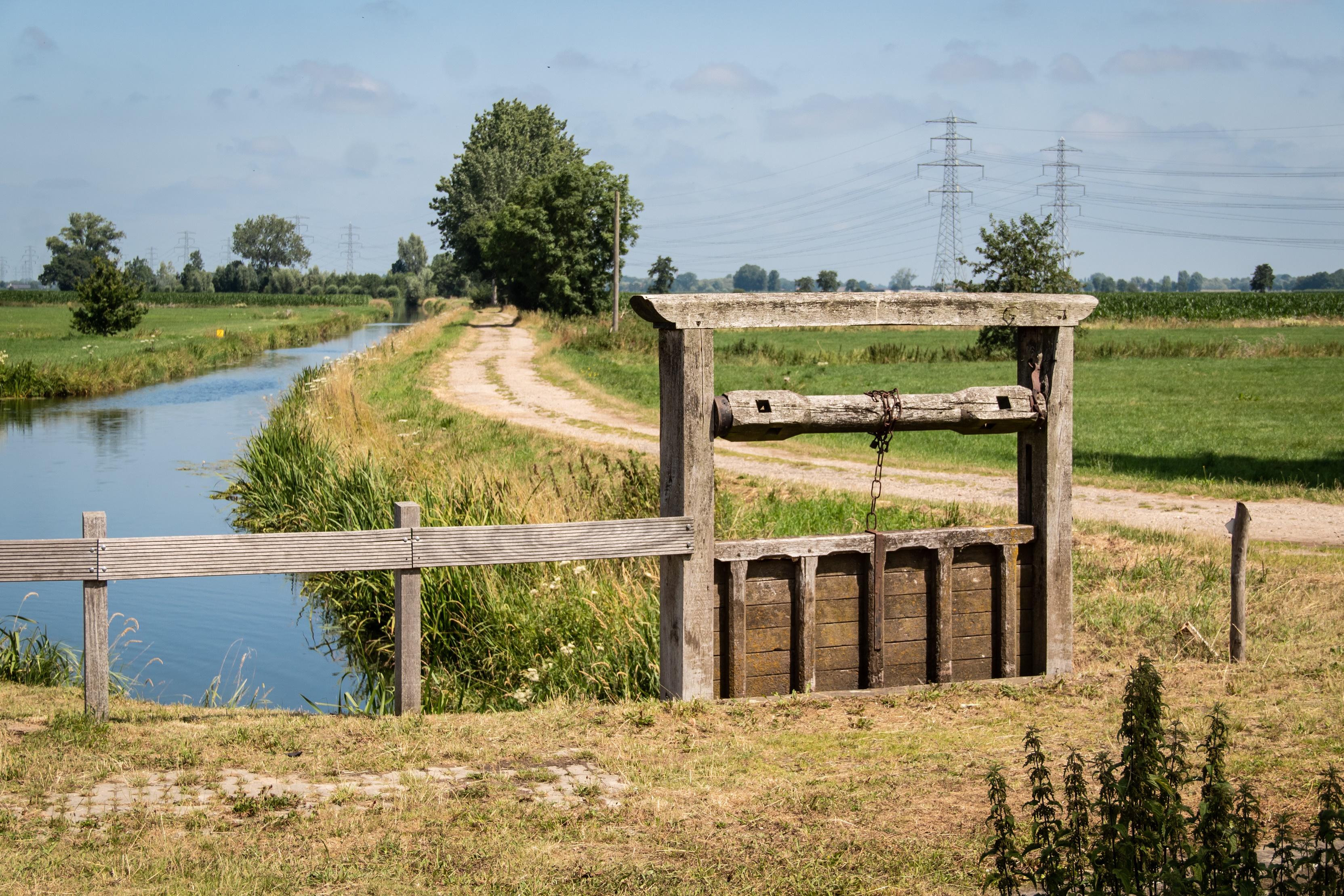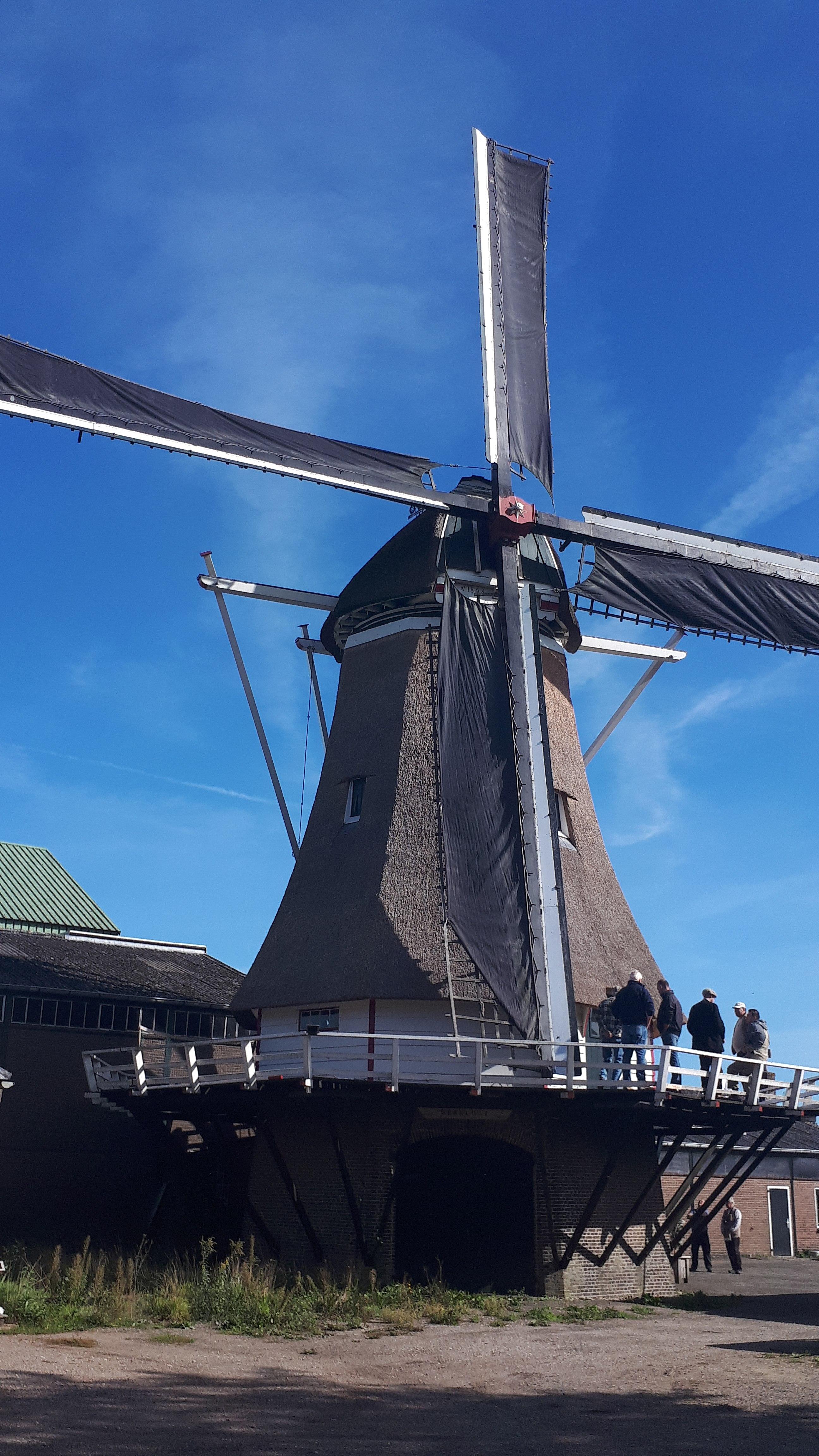The lock is the first regulated flood defense in the Nijbroek polder. It was probably built as a result of the so-called Poison Letter of Nijbroek from 1328.
The water level in the IJssel had a major influence on the use of the land along the river. The east side of the IJssel already had a dike from Deventer to Zwolle in the 12th century, so that the area on the west side always flooded at high tide.
In 1328, Count Reinald II of Gelre gave permission to construct a polder in the low-lying outflow area of the IJsseldal. A dike about eighty centimeters high surrounded the ‘Nieuwe Broek’, an area of more than seventeen square kilometers. This dike only protected the land at normal water levels, which is why work was being done on a higher dike at the same time
close to the IJssel. To control the water level, a lock was constructed on both the south and north sides for the inlet and outlet of water. The street name Vloeddijk reminds us that the water from the Zuiderzee could be pushed up far into the IJsseldal and had to be turned back here. The current lock dates from the 17th century and consists of natural stone, brick and wood. It is known from archives that the Carthusian monastery Monnikhuizen in Arnhem commissioned the construction of this lock as early as 1370 and at the same time ordered the establishment of a polder council.
- Category:
- Landmark
- Outdoor recreation
Address and contact
Vloeddijk in de buurt van nr 1
Nijbroek



